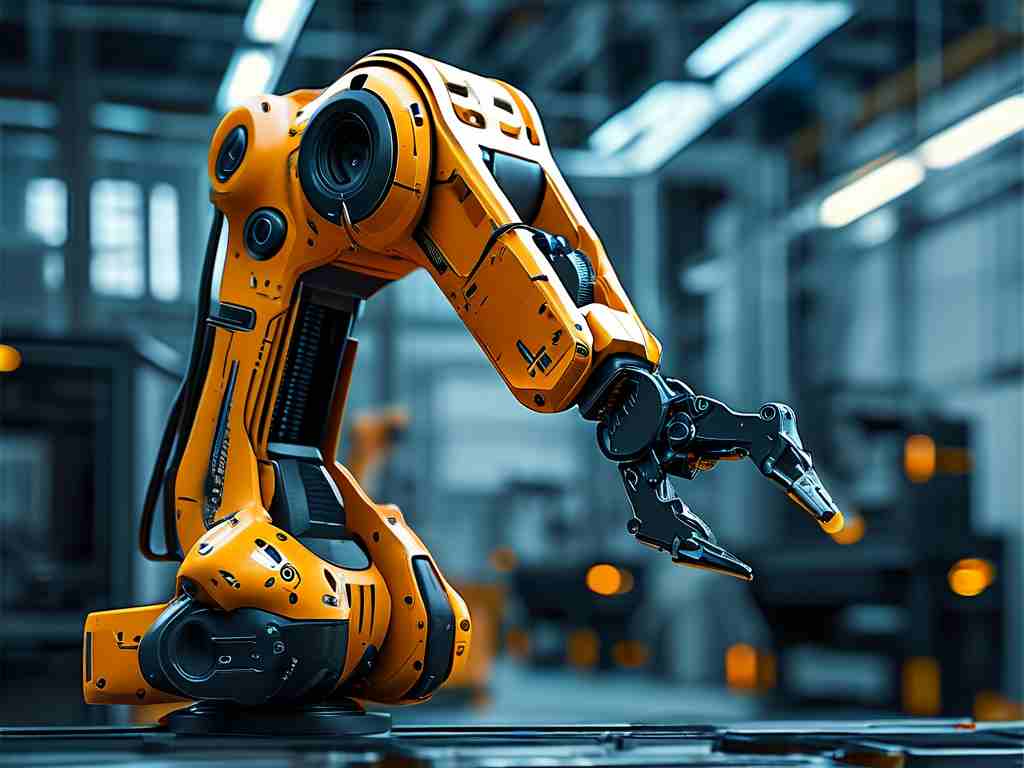The integration of AK technology into clamping robots has emerged as a groundbreaking advancement in industrial automation. These systems, designed to handle precision tasks in manufacturing and assembly lines, now leverage AK-driven algorithms to optimize speed, accuracy, and adaptability. Unlike traditional clamping mechanisms, AK-enabled robots analyze real-time data from sensors to adjust grip strength, positioning, and workflow patterns, ensuring minimal material waste and maximum operational efficiency.

One of the standout features of AK-powered clamping robots is their ability to self-calibrate. For example, in automotive assembly lines, these robots detect variations in component sizes—such as engine parts or chassis elements—and automatically modify clamping pressure to avoid damage. This eliminates the need for manual recalibration, reducing downtime by up to 40% in pilot projects conducted by leading manufacturers. A snippet of the code driving this adaptation might look like:
def adjust_clamp_pressure(sensor_data):
baseline_pressure = 150 # PSI
tolerance = sensor_data.get('tolerance', 0.05)
new_pressure = baseline_pressure * (1 + tolerance)
return max(100, min(new_pressure, 200)) # Ensure safe limits
Beyond manufacturing, AK clamping robots are making strides in logistics. Warehouses using these systems report a 25% improvement in package-handling speeds, as robots swiftly adapt to irregularly shaped items—a common challenge in e-commerce fulfillment. The AK framework’s machine learning layer enables robots to “learn” from past interactions, refining their clamping strategies over time. For instance, after handling 500 ceramic vases, a robot might fine-tune its approach to reduce breakage rates by 15%.
Critics initially raised concerns about the high implementation costs of AK-integrated systems. However, ROI analyses show that businesses recover expenses within 18–24 months due to reduced labor costs and error rates. A case study from a German aerospace supplier revealed that AK clamping robots cut material waste by 32% during wing assembly, translating to annual savings of €2.7 million.
The environmental impact is another compelling angle. By minimizing errors and material overuse, these robots align with sustainable manufacturing goals. A textile factory in Japan reduced fabric waste by 19% after adopting AK clamping systems for cutting and stitching processes. Additionally, energy-efficient actuators in AK robots lower power consumption by up to 22% compared to conventional models.
Looking ahead, developers are exploring hybrid models where AK clamping robots collaborate with human workers. Enhanced safety protocols, like force-limiting algorithms and proximity sensors, enable seamless interaction. In one pilot, a robot paused its clamping cycle mid-task when a worker entered its operational radius, then resumed automatically after the area was cleared—all without human input.
Despite their advantages, challenges persist. Cybersecurity vulnerabilities in AK systems remain a concern, as compromised robots could disrupt production lines. Manufacturers are addressing this through encrypted firmware updates and blockchain-based activity logs. Meanwhile, smaller enterprises are adopting modular AK clamping units that integrate with existing machinery, lowering entry barriers.
In , AK technology is redefining the capabilities of clamping robots across industries. From self-optimizing workflows to sustainable practices, these systems exemplify the next wave of smart automation. As R&D continues, expect even tighter integration with IoT networks and AI-driven predictive maintenance, solidifying their role as indispensable tools in modern industry.

